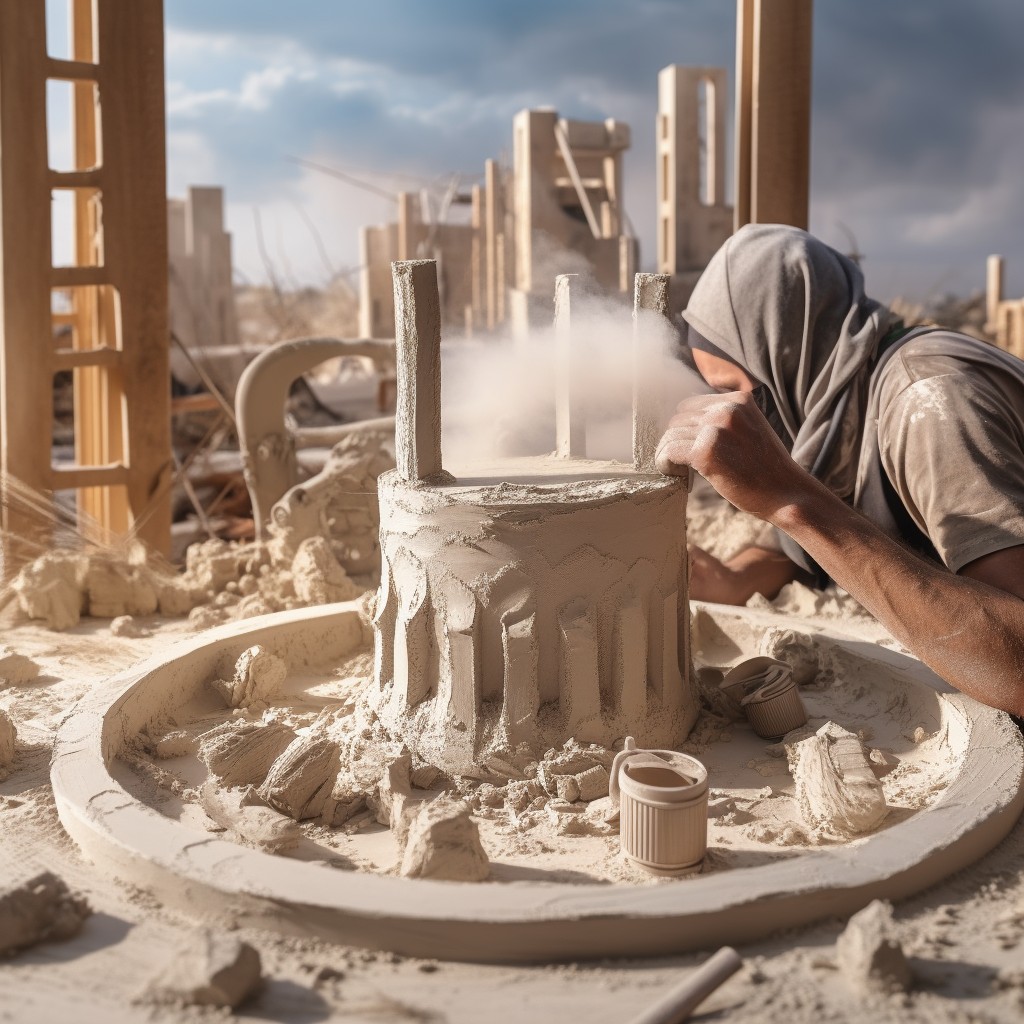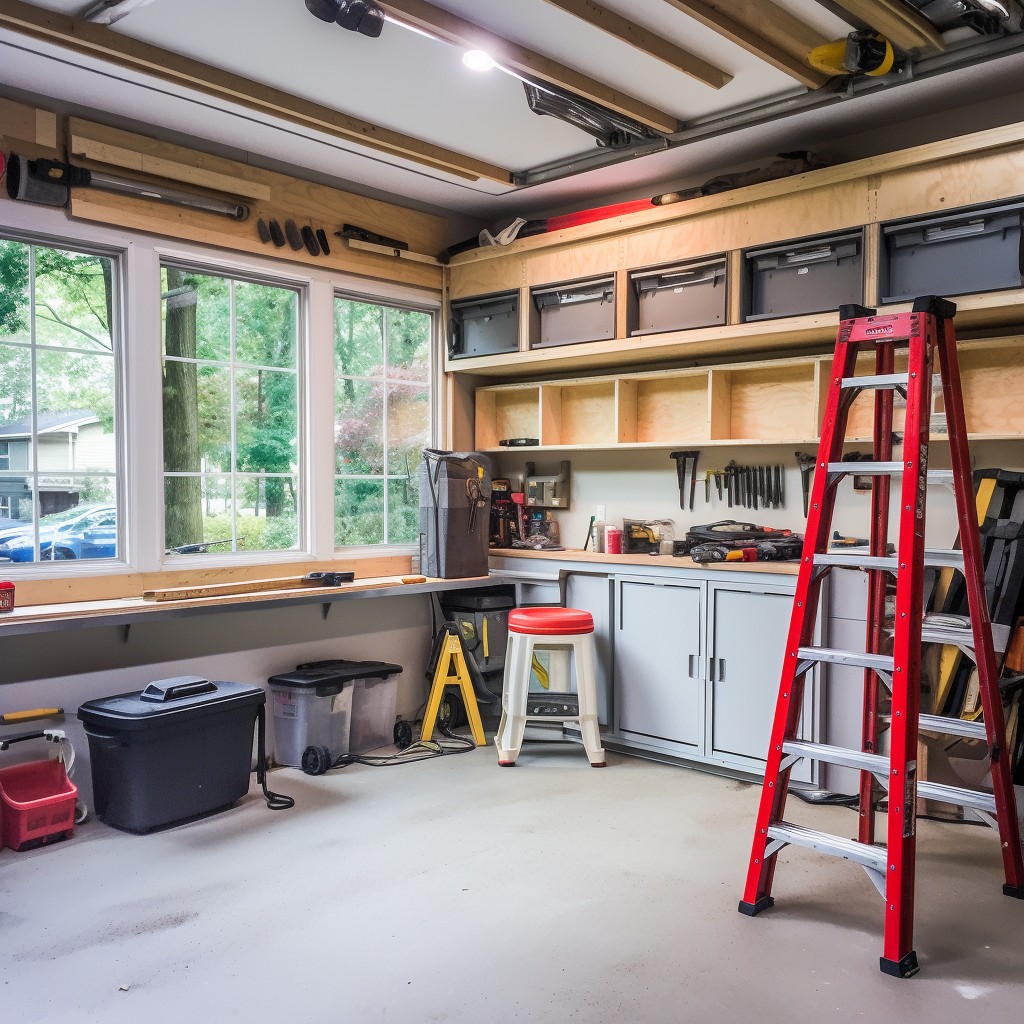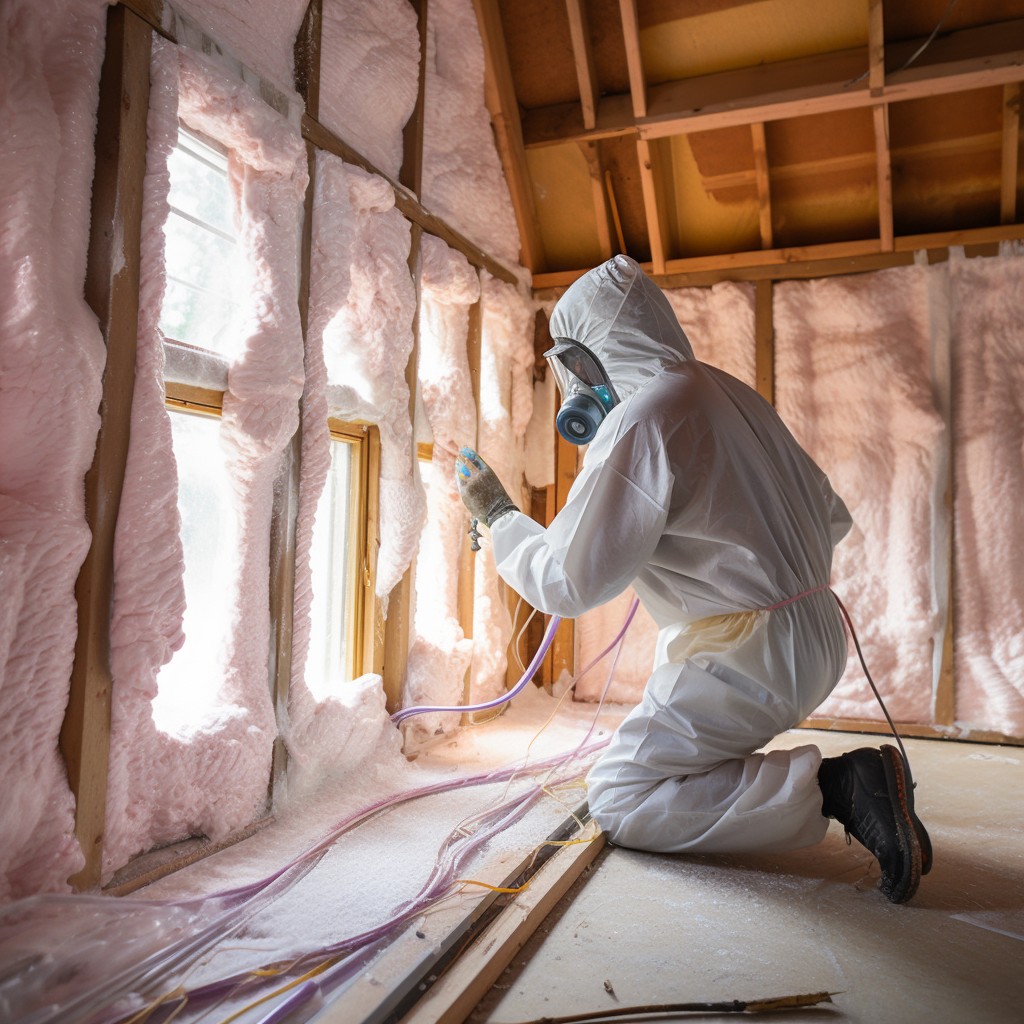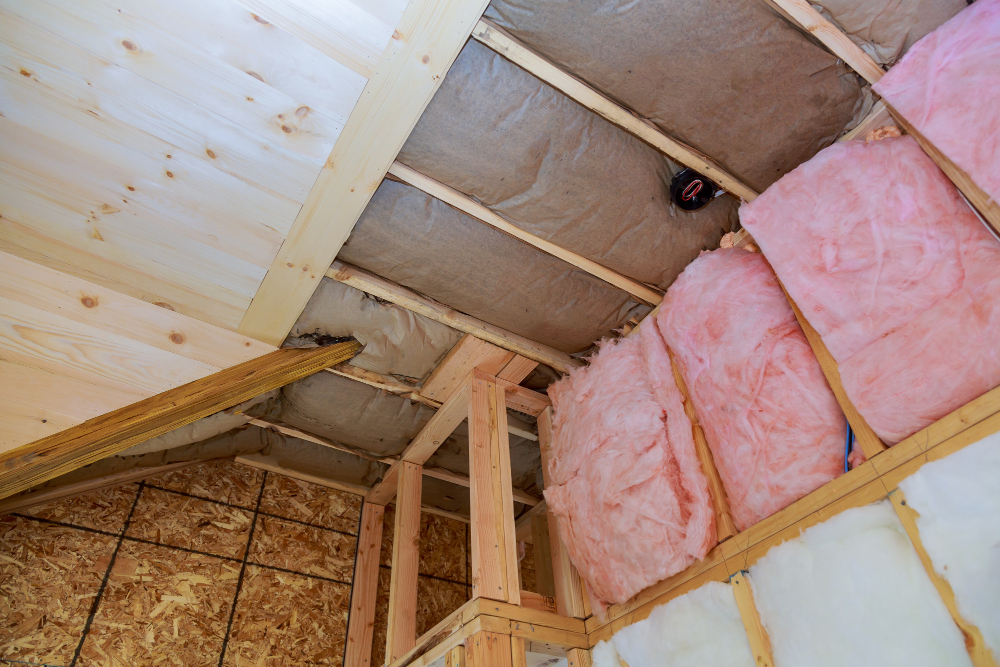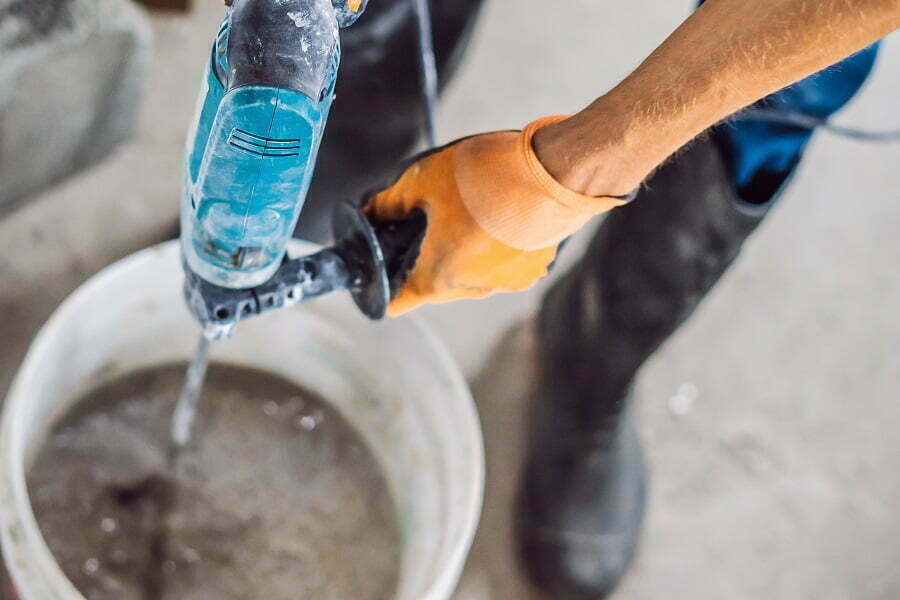Last updated on
Discover a variety of basement drywall alternatives as we delve into innovative solutions to transform your space efficiently and affordably.
Are you tired of the same old drywall look in your basement? Do you want to add some personality and uniqueness to your space without breaking the bank? Look no further because we’ve got you covered! In this article, we’ll explore some alternative options for finishing your basement walls that are both budget-friendly and stylish. Say goodbye to boring drywall and hello to a fresh new look for your basement.
Let’s get started!
Insulated Wall Panels
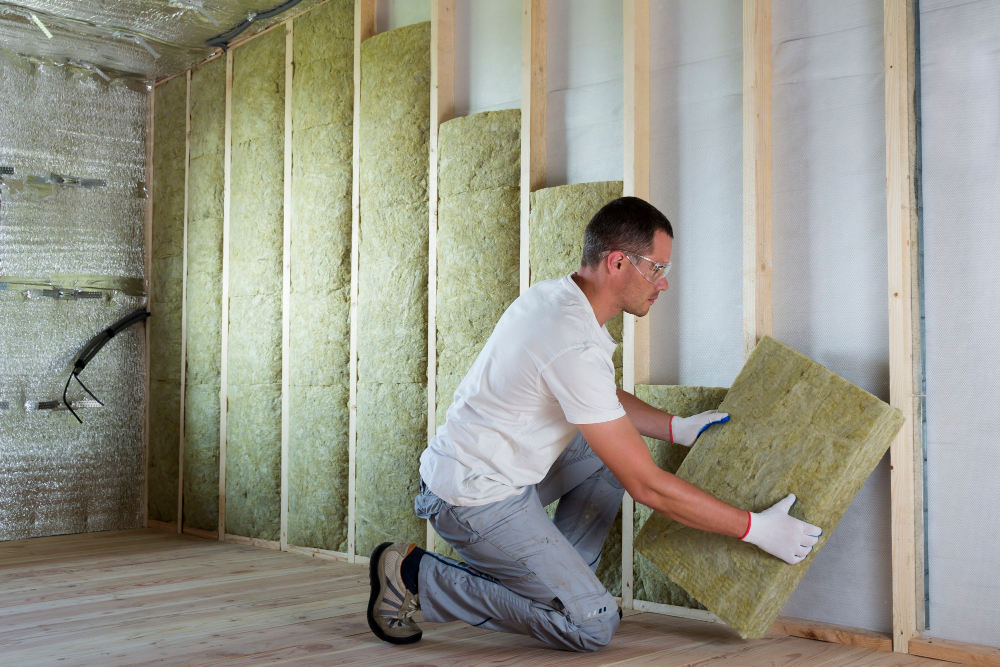
These panels come in various materials, including foam board, fiberglass, and rock wool. They provide excellent thermal insulation while also reducing noise levels from outside the room.
One of the benefits of insulated wall panels is that they can be easily installed over existing drywall or concrete walls without any demolition work required. This makes them an ideal choice for DIY enthusiasts who want to save on installation costs.
Another advantage is that these panels are moisture-resistant and mold-proof due to their closed-cell structure which prevents water absorption. This feature helps maintain good indoor air quality by preventing mold growth in damp areas like basements.
In terms of aesthetics, insulated wall panels come in different colors and textures allowing homeowners to choose a design that suits their taste best. Some manufacturers even offer customizable options where you can print your own images or patterns onto the panel surface!
Cement Board
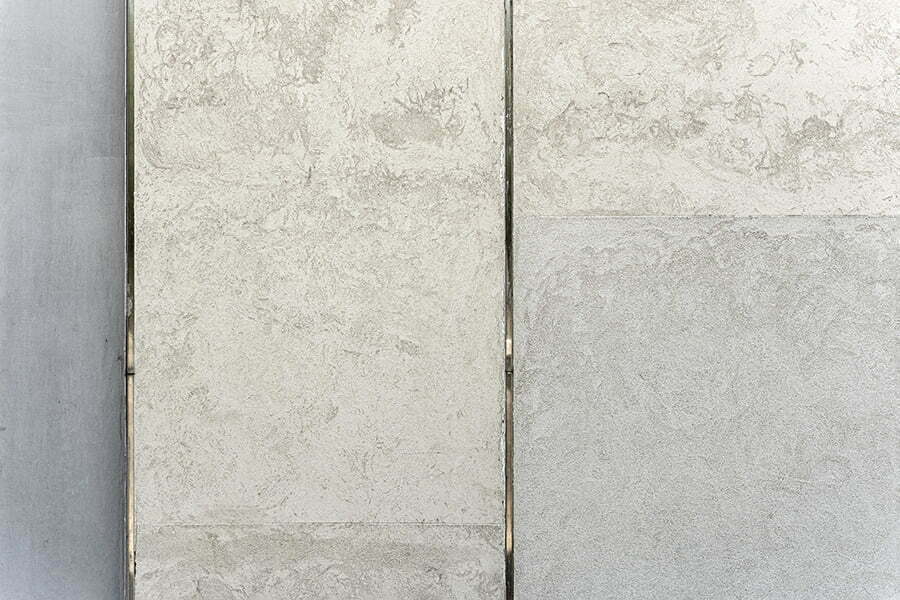
It’s made of cement and reinforced with fiberglass mesh, making it highly durable and resistant to moisture. Cement board comes in large sheets that can be easily cut to fit any wall size or shape.
One of the benefits of using cement board is its ability to withstand water damage, which makes it an excellent choice for basements prone to flooding or high humidity levels. Because it’s fire-resistant, cement board provides added safety measures in case of a fire.
Another advantage is that you can apply various finishes on top such as paint or tile adhesive without having issues with adhesion due its rough surface texture.
While installing cement boards may require some specialized tools and skills compared with other alternatives like OSB panels; however once installed properly they will last longer than most materials out there while providing great insulation properties too!
OSB and Plywood
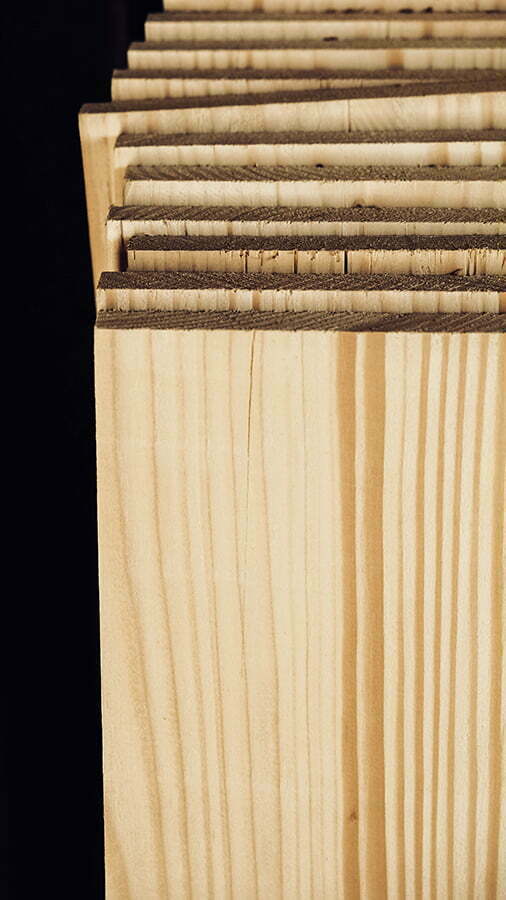
Both materials are made from wood, but they have different properties that make them suitable for different applications.
Oriented strand board (OSB) is a type of engineered wood panel that consists of strands or flakes of wood compressed together with resin. It’s strong, durable, and moisture-resistant, making it an excellent choice for basement walls.
OSB comes in large sheets that can be easily installed using screws or nails.
Plywood is another type of engineered wood panel made by gluing thin layers (or plies) of veneer together at right angles to each other. Plywood is also strong and durable but tends to be more expensive than OSB due to its higher quality finish.
Both OSB and plywood can be left unfinished if you prefer a rustic look or painted if you want a more polished appearance. They’re also easy to cut into custom shapes or sizes as needed.
Fiberglass Reinforced Panels (FRP)
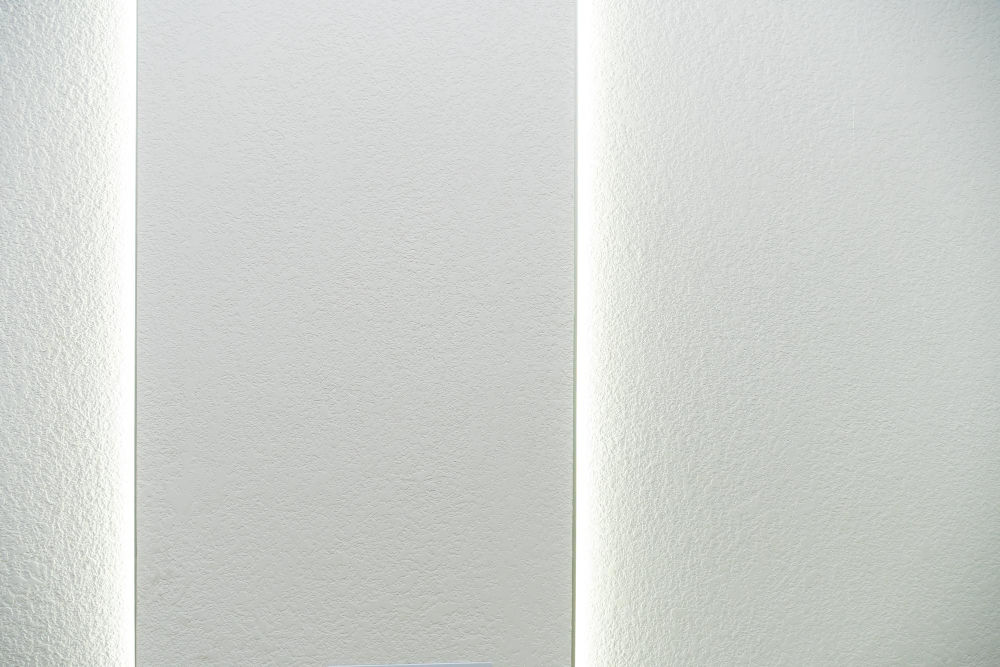
They are made of reinforced plastic and come in various colors, textures, and patterns. FRP panels are lightweight, durable, easy to install and maintain.
One of the main advantages of using FRP panels is their resistance to moisture. Basements can be prone to dampness due to their location below ground level or proximity to water sources such as pipes or drains.
Moisture-resistant materials like FRP can help prevent mold growth and other water-related damage.
Another benefit is that they provide a smooth surface that’s easy-to-clean with soap-and-water solutions making them ideal for high-traffic areas like basements where spills may occur frequently.
FRPs also offer an affordable option compared with traditional drywall installation costs since they require less labor time than hanging sheets of gypsum board on studs which means you’ll save money on both material cost as well as installation fees if you choose this option over others available in the market today!
Metal Wall Panels
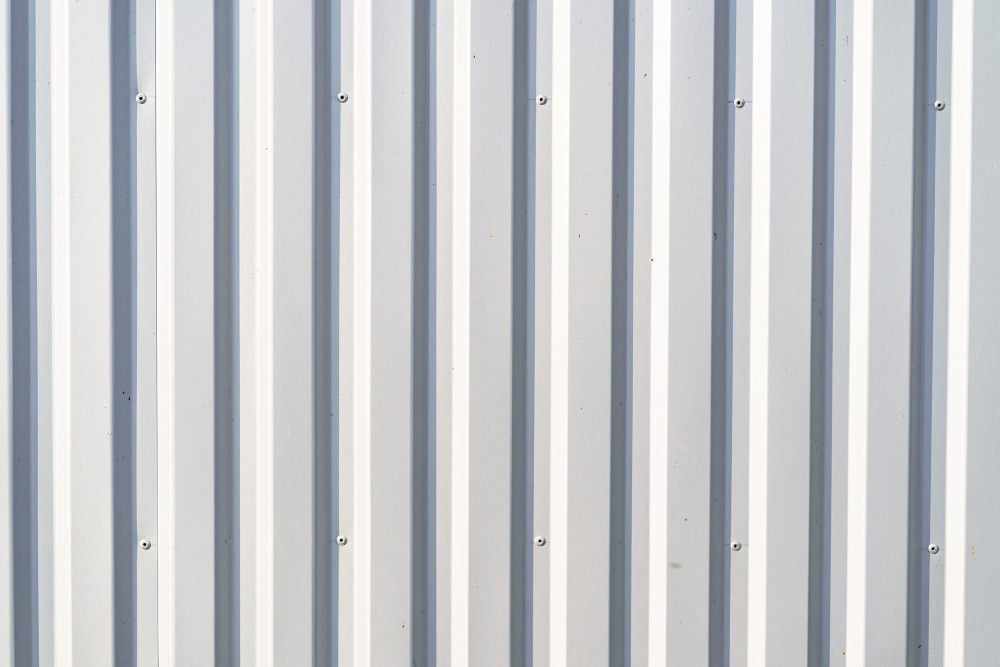
These panels come in various finishes, including brushed aluminum and galvanized steel, giving you the freedom to choose the look that best suits your style.
One of the benefits of metal wall panels is their durability. They are resistant to moisture and mold growth, making them ideal for basements prone to dampness.
They can withstand impact and scratches better than other materials like drywall.
Installation of metal wall panels is relatively easy compared with other options on this list. The interlocking design allows for quick installation without requiring any special tools or skills.
While metal wall paneling may be more expensive than some alternatives like plywood or OSB boards initially, it’s important not only consider upfront costs but also long-term maintenance expenses when choosing a material.
Plastic Basement Wall Panels

They are lightweight, easy to install, and come in a variety of colors and styles. These panels can be made from PVC or other plastics that resist moisture and mold growth, making them ideal for basement environments.
One advantage of plastic wall panels is their durability. Unlike drywall, they won’t crack or dent easily if something hits them accidentally.
They require minimal maintenance since they don’t need painting or sealing like other materials.
Another benefit is the ease of installation; you can do it yourself with basic tools such as a saw and drill without needing professional help.
However, one thing to keep in mind when considering plastic wall panels is that some types may not be fire-resistant compared to traditional drywall alternatives such as gypsum board (also known as sheetrock). Therefore it’s important always check the manufacturer’s specifications before purchasing any material for your basement walls.
Batten and Plank Paneling
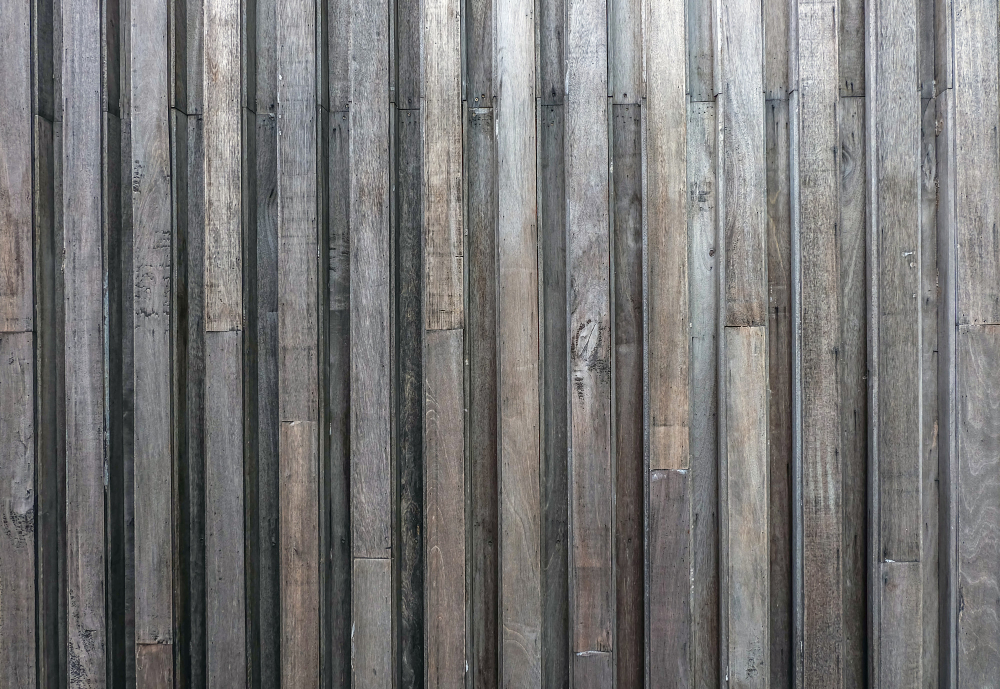
This type of paneling consists of narrow strips, called battens, that are attached vertically to the wall. The planks are then installed horizontally over the battens, creating a unique and rustic look.
One advantage of batten and plank paneling is its versatility in design options. You can choose from different types of wood or even use reclaimed wood for an eco-friendly option.
You can paint or stain the panels to match your decor style.
Another benefit is that it’s relatively easy to install compared with other alternatives like cement board or metal panels. With some basic carpentry skills and tools, you can complete this project on your own without hiring professionals.
However, keep in mind that batten and plank paneling may not be suitable if moisture control is an issue in your basement as it does not provide insulation against water damage like insulated wall panels do.
Brick and Stone Veneers
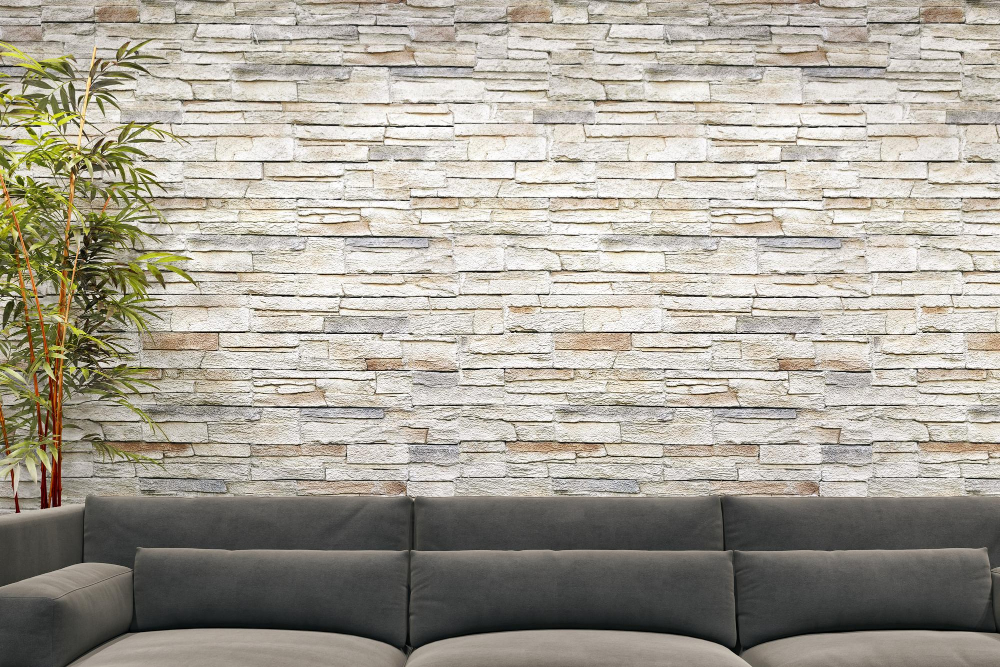
These veneers come in various shapes, sizes, colors, and textures that can mimic the look of natural stone or brick without the hefty price tag.
One advantage of using brick or stone veneer is that they are relatively easy to install compared to traditional masonry work. They can be applied directly onto drywall or cement board with adhesive mortar.
This means you don’t have to worry about structural support like you would with real bricks or stones.
Another benefit is that these materials are durable and long-lasting. They resist moisture damage better than other wall options such as drywall which makes them ideal for basements prone to dampness.
However, it’s important not only consider the cost but also think about maintenance when choosing this option since they require regular cleaning due because dirt tends accumulate on textured surfaces over time.
Stucco

It’s also an excellent option if you’re looking to add some texture and depth to your space. Stucco can be applied directly onto concrete or masonry surfaces, making it a cost-effective alternative to drywall.
One of the benefits of stucco is that it’s resistant to moisture, which makes it ideal for basements where dampness can be an issue. Stucco has fire-resistant properties that make it safer than traditional drywall in case of a fire.
When choosing stucco as your basement wall finish, there are several factors you need to consider such as the type of substrate material used on the walls and whether or not they require any preparation before applying the stucco. You’ll also want to ensure proper ventilation during installation since this material requires time for curing.
Basement Waterproofing Options
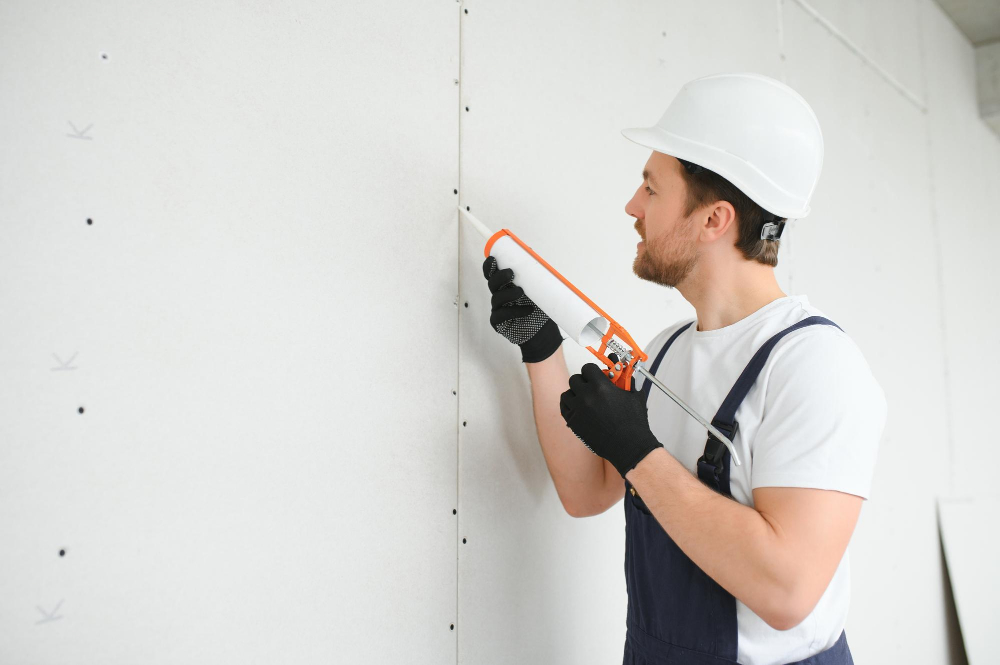
Before you start any basement renovation project, it’s essential to ensure that your walls are waterproofed. There are several options available for waterproofing your basement walls, including interior sealants, exterior coatings, and drainage systems.
Interior sealants can be applied directly onto the concrete surface of the wall to create a barrier against moisture. These products come in various forms such as paint-on or spray-on applications.
Exterior coatings involve applying a layer of waterproof material on the outside of your foundation wall before backfilling with soil or other materials around it.
Drainage systems work by directing water away from your home’s foundation through pipes installed underground around its perimeter. This method is particularly useful if you live in an area with high rainfall or have poor soil drainage conditions surrounding your home.
When choosing which option is best for you, consider factors such as cost-effectiveness and effectiveness at preventing moisture buildup over time.
Wall Insulation for Basements
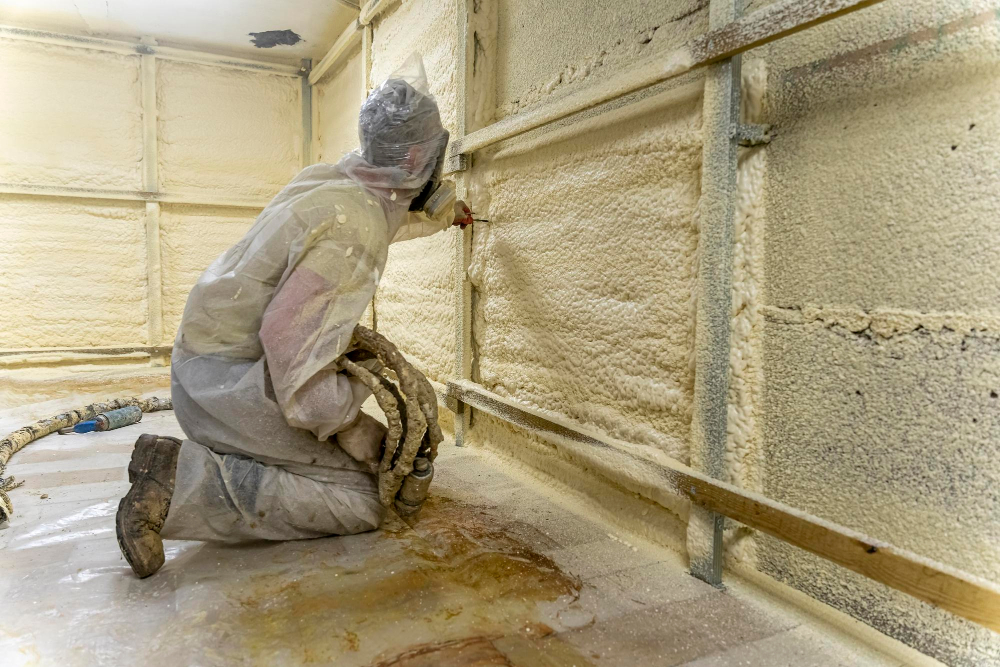
It helps regulate the temperature, reduces energy costs, and prevents moisture buildup that can lead to mold growth. There are several insulation options available for basements.
One of the most popular choices is rigid foam board insulation. This type of insulation comes in large sheets that can be cut to fit between studs or glued directly onto concrete walls.
Rigid foam board has excellent insulating properties and provides a vapor barrier to prevent moisture from seeping through.
Another option is spray foam insulation, which creates an air-tight seal around pipes and electrical wires while also providing superior thermal resistance compared to other types of insulation materials.
Fiberglass batts are another common choice but may not be suitable for below-grade applications as they tend to absorb moisture easily leading them prone to mold growth over time if not installed correctly with proper ventilation systems in place.
Benefits of Moisture-Resistant Materials
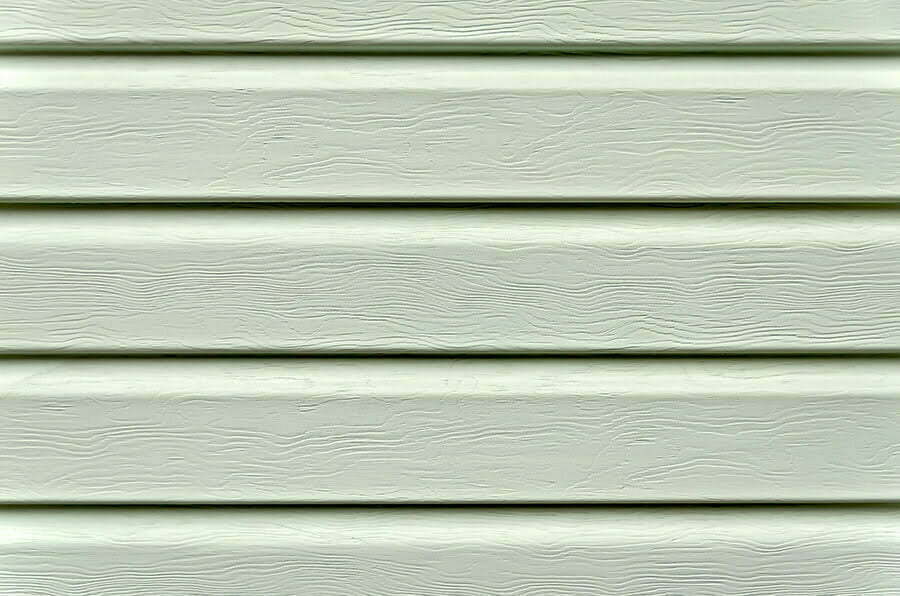
That’s why using moisture-resistant materials for your basement walls is essential. These materials are designed to withstand dampness and prevent mold growth, making them an excellent choice for any basement renovation project.
One of the main benefits of moisture-resistant materials is their durability. Unlike traditional drywall, these options won’t deteriorate or warp when exposed to humidity or water leaks.
They’re also resistant to mold and mildew growth, which can be harmful not only to your home but also your health.
Another advantage of using moisture-resistant materials in your basement is that they’re easy to clean and maintain. You don’t have to worry about scrubbing away stains or dealing with unpleasant odors caused by dampness.
Lastly, choosing moisture-resistant alternatives means you’ll save money on repairs down the line since you won’t have as many issues with water damage or mold growth over time.
Fire-Resistant Drywall Alternatives
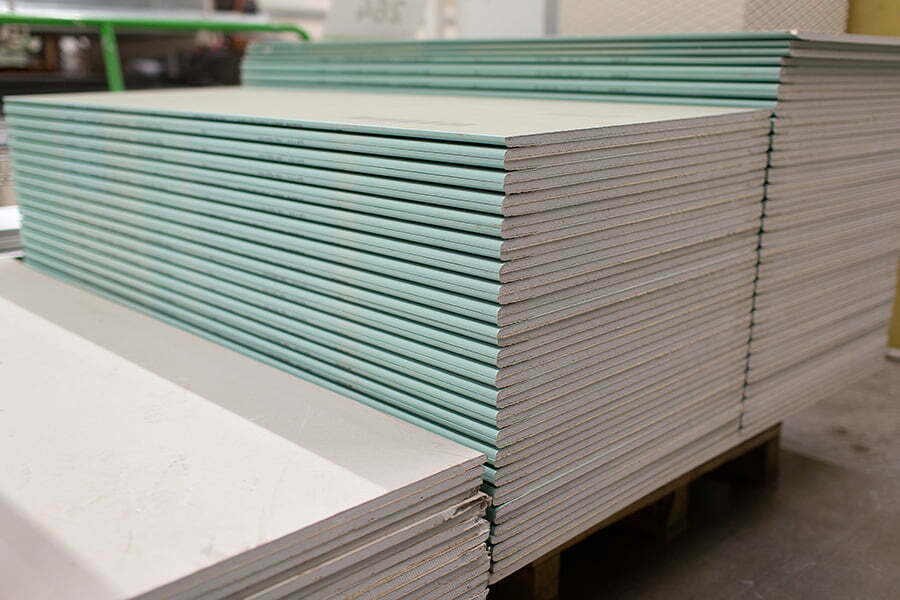
Fire-resistant drywall alternatives are an excellent choice for those who want to ensure their home is protected in the event of a fire. These types of materials are designed with special additives that make them more resistant to flames and heat than traditional drywall.
One popular option is gypsum board, which contains glass fibers that help reinforce the material and prevent it from crumbling or breaking apart when exposed to high temperatures. Another alternative is cement board, which has excellent fire resistance due to its composition of cement and fiberglass mesh.
While these materials may cost slightly more than traditional drywall, they offer peace of mind knowing your family’s safety is prioritized. Some insurance companies may offer discounts on premiums for homes with fire-resistant building materials installed.
Factors to Consider When Choosing
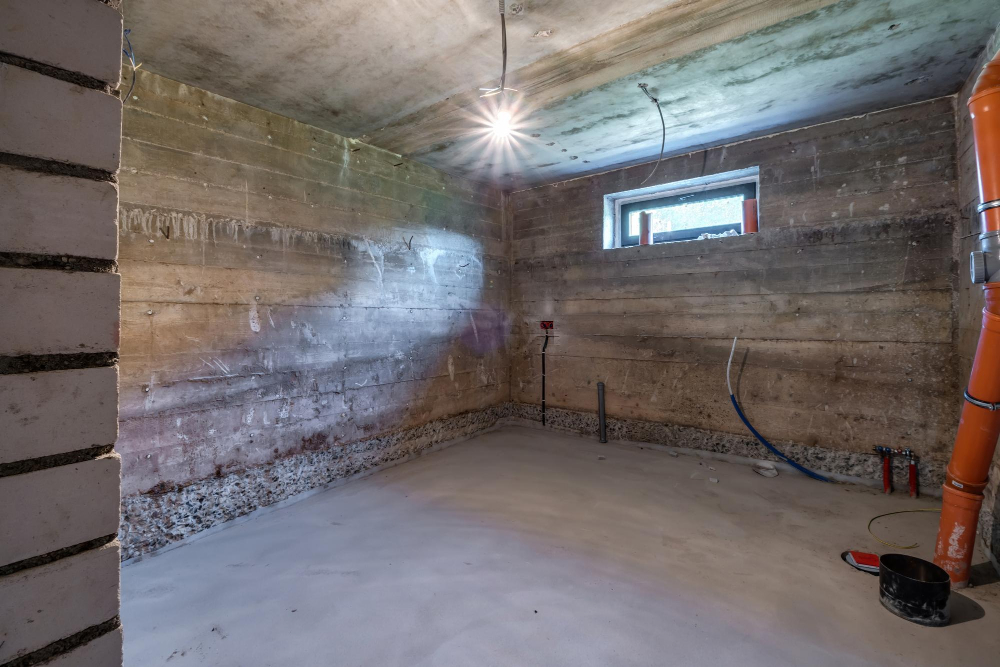
First and foremost is the level of moisture in your basement. If you have a damp or wet basement, it’s important to choose materials that are resistant to mold and mildew growth.
Another factor is the purpose of your space. Are you creating an entertainment area or a home gym? The type of material used will depend on how much wear and tear it will endure.
Cost is also an essential consideration when selecting alternatives for drywall in basements. Some options may be more expensive than others, so make sure you set a budget before making any decisions.
Lastly, think about the overall aesthetic appeal that each option provides as well as its durability over time.
Cost Comparison of Alternatives

While drywall may seem like the most affordable option at first glance, there are several alternatives that can be more budget-friendly in the long run.
Insulated wall panels and cement board are two options that offer excellent insulation properties while also being relatively inexpensive. OSB and plywood are also popular choices for their affordability and durability.
Fiberglass reinforced panels (FRP) provide an attractive finish while still being cost-effective. Metal wall panels can be pricier but offer unique design possibilities with their sleek appearance.
Plastic basement wall panels come in various styles, colors, and textures at reasonable prices compared to other materials such as brick or stone veneers or stucco finishes which tend to be on the higher end of costs due to installation expenses.
It’s essential not only to consider upfront costs but also long-term maintenance expenses when choosing a material for your basement walls. Some materials require less upkeep than others over time; therefore they might save you money down the line despite having higher initial costs.
DIY Vs. Professional Installation
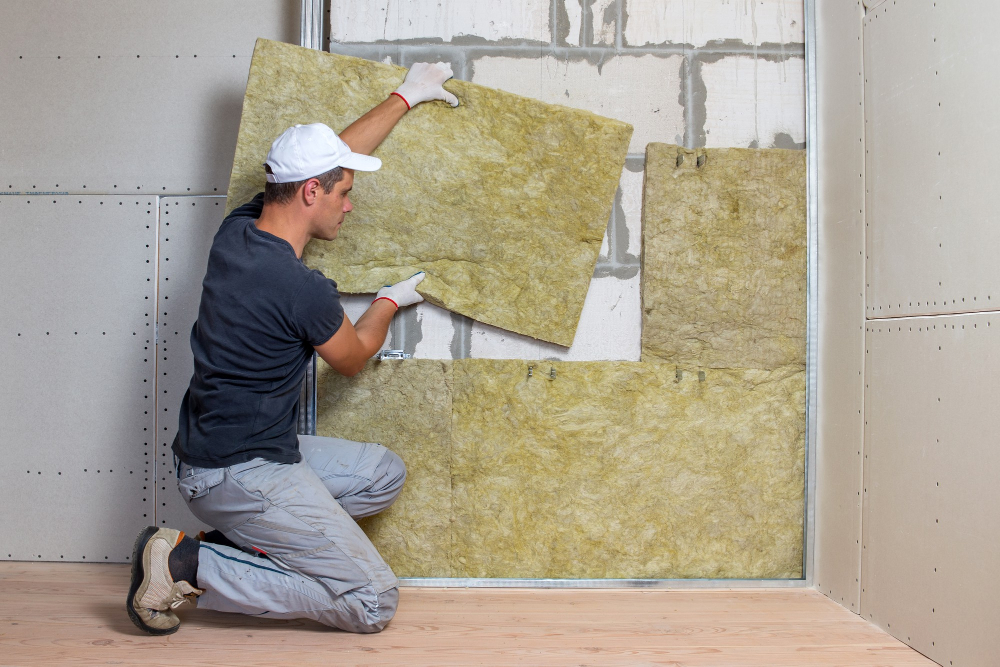
While DIY installation can save you money, it’s important to consider your skill level and the complexity of the job before diving in. Some options like insulated wall panels or cement board require specialized tools and techniques that may be beyond your expertise.
On the other hand, hiring a professional installer ensures that your walls are properly installed with minimal mistakes. They have experience working with different materials and can provide valuable advice on which option is best suited for your specific needs.
Ultimately, deciding between DIY vs.
Painting the Concrete
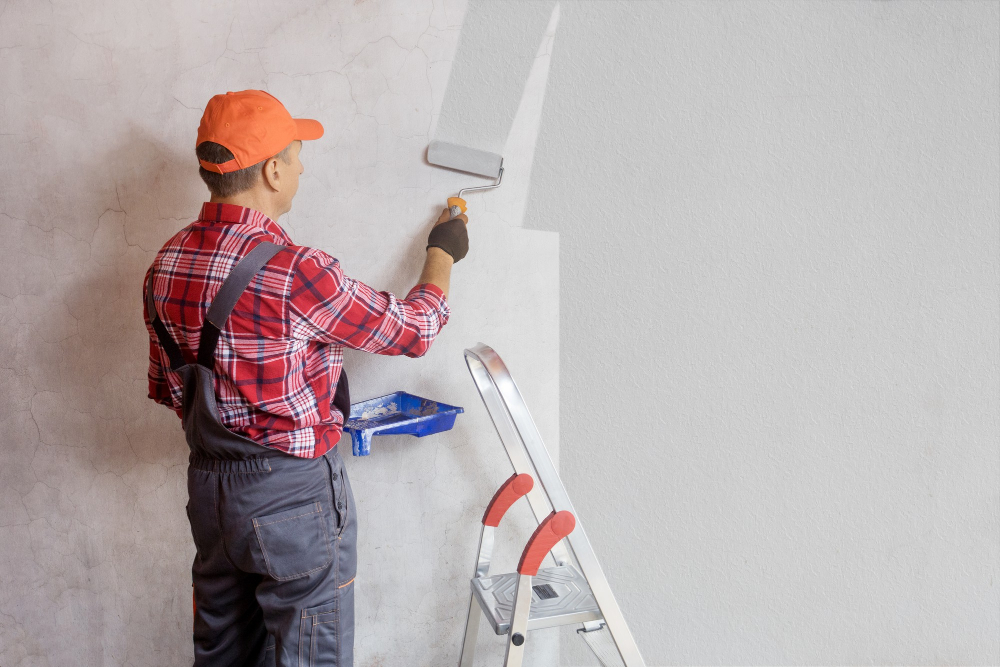
It’s affordable, simple to do yourself, and can add a pop of color or texture to your space. Before you begin painting, make sure that the surface is clean and free of any debris or moisture.
You’ll also want to use a primer specifically designed for concrete surfaces before applying paint.
One benefit of using paint on your basement walls is that it allows you more flexibility in terms of design options than traditional drywall would provide. You can create patterns with stencils or even use multiple colors for an eye-catching effect.
However, keep in mind that painted concrete may not be as durable as some other wall finishing options listed above – especially if there are moisture issues present in your basement.
Fabric
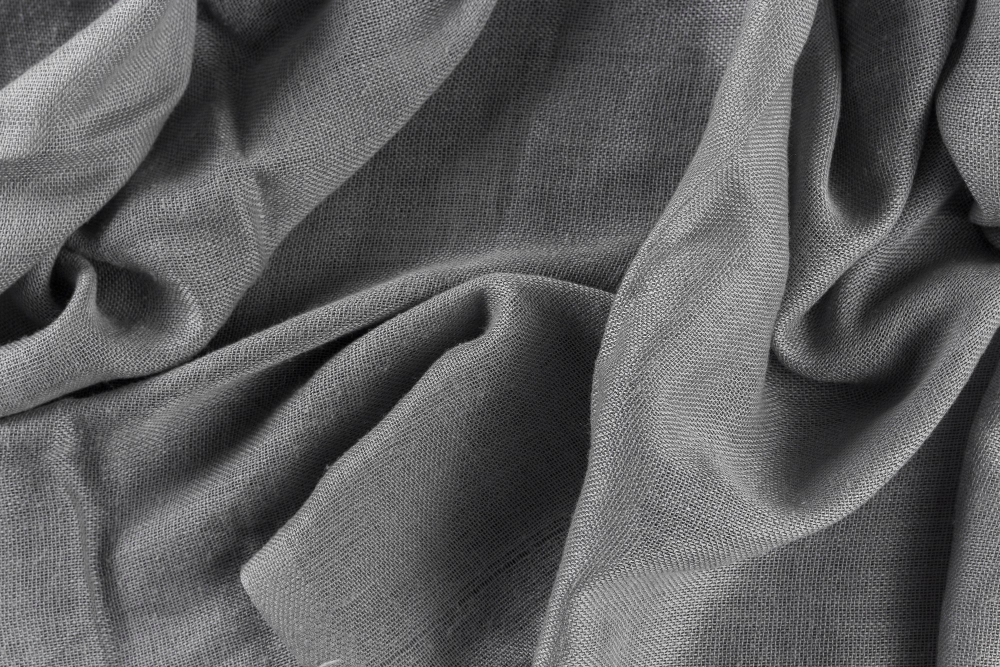
It can add texture, color, and warmth to your space while also helping to absorb sound. Fabric wall coverings come in various materials such as cotton, linen or polyester blends that are easy to install with adhesive or staples.
One of the benefits of using fabric is its ability to hide imperfections on the walls without requiring extensive preparation work. You can choose from a wide range of patterns and colors that suit your style preference.
However, it’s important to note that fabric may not be suitable for all basements since it doesn’t provide any insulation against moisture or heat loss like other options do. If you live in an area with high humidity levels or have experienced water damage before, then this might not be the best choice for you.
Tips for Basement Wall Maintenance

Here are some tips to keep your new walls looking great:
1. Regular Cleaning: Dust and dirt can accumulate on any surface over time, so make sure you clean your basement walls regularly with a soft-bristled brush or vacuum cleaner.
2. Avoid Moisture Buildup: Moisture is one of the biggest enemies of any wall material in a basement.
Make sure that there is proper ventilation in the space and address any leaks or water damage immediately.
3. Check for Cracks: Inspect your walls periodically for cracks or other signs of wear and tear that could lead to bigger problems down the line.
4. Repaint as Needed: If you’ve chosen an option like cement board or metal panels, consider repainting them every few years to keep them looking fresh.
By following these simple maintenance tips, you can ensure that your alternative basement wall materials will last longer and look better over time!
FAQ
What is the best alternative to drywall in a basement?
The best alternative to drywall in a basement is PVC-based products such as Trusscore Wall&CeilingBoard and Trusscore SlatWall, which offer sharp-looking, functional, and long-lasting results in damp environments.
What is the cheapest way to finish basement walls?
The cheapest way to finish basement walls is to apply a primer layer of mold abating paint that inhibits peeling and then paint directly on the foundation wall.
Can you finish a basement without drywall?
Yes, you can finish a basement without drywall by using alternatives such as laminate paneling or Styrofoam panels, which are cost-effective, easy to install, and moisture-resistant.
What is a waterproof alternative to drywall?
A waterproof alternative to drywall is Trusscore Wall&CeilingBoard, which is made from PVC and offers a 100% waterproof solution for interior spaces.
Are there any eco-friendly alternatives to drywall for basement walls?
Eco-friendly alternatives to drywall for basement walls include using materials such as straw bale, clay, or lime plaster.
How do insulated basement wall panels compare to drywall in terms of cost and efficiency?
Insulated basement wall panels generally offer higher energy efficiency than drywall, but tend to be more expensive.
What are the pros and cons of using plywood or OSB as a basement wall finish instead of drywall?
Pros of using plywood or OSB include durability and resistance to moisture damage, while cons include reduced fire resistance and less aesthetically pleasing appearance compared to drywall.
Recap
Liked this article? Here's what you can read next:
